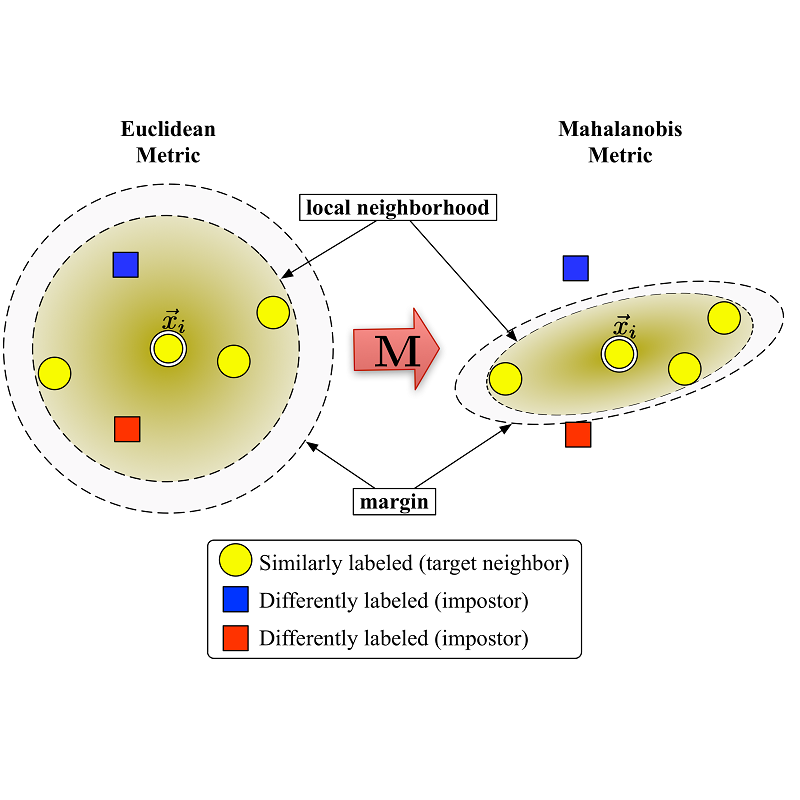Generalizable person re-identification has recently got increasing attention due to its research values as well as practical values. However, the efficiency of learning from large-scale data has not yet been much studied. In this paper, we argue that the most popular random sampling method, the well-known PK sampler, is not informative and efficient for deep metric learning. Though online hard example mining improves the learning efficiency to some extent, the mining in mini batches after random sampling is still limited. Therefore, this inspires us that the hard example mining should be shifted backward to the data sampling stage. To address this, in this paper, we propose an efficient mini batch sampling method called Graph Sampling (GS) for large-scale metric learning. The basic idea is to build a nearest neighbor relationship graph for all classes at the beginning of each epoch. Then, each mini batch is composed of a randomly selected class and its nearest neighboring classes so as to provide informative and challenging examples for learning. Together with an adapted competitive baseline, we improve the previous state of the arts in generalizable person re-identification significantly, by up to 22.3% in Rank-1 and 15% in mAP. Besides, the proposed method also outperforms the competitive baseline by up to 4%, with the training time significantly reduced by up to x6.6, from 12.2 hours to 1.8 hours in training a large-scale dataset RandPerson with 8,000 IDs. Code is available at \url{https://github.com/ShengcaiLiao/QAConv}.
翻译:由于研究价值和实用价值,人们最近越来越关注可被普及的人的再定位,因为其研究价值和实用价值,最近人们越来越关注了可被普及的人的重新定位。然而,从大规模数据中学习的效率尚未得到多少研究。在本文中,我们认为最受欢迎的随机抽样方法,即著名的PK取样器,对于深层次的计量学习来说,并不具有信息性和效率。尽管在线硬体采矿在某种程度上提高了学习效率,但在随机取样后在微型批次中的采矿活动仍然有限。因此,这激励了我们,硬例采矿活动应该向后移到数据取样阶段。为了解决这个问题,我们在本文件中提出了一种高效的小型批量取样方法,称为Greg Sampling (GS),用于大规模的模拟学习。我们的基本想法是在每个欧洲开始时为所有班建立最近的邻居关系图。随后,每批微型采矿由随机挑选的班级和最近的邻近的近邻班级采矿活动组成,以便提供信息和具有挑战性的实例。我们用经调整的竞争性基线,大大改进了一般人重新定位的艺术现状,从排名至22.3%至15 %的Smal-al-al-al-al-axxxxxxxxxxxxxxxxxxxxxxxxxxxxxxxxxxxxxxxxxxxxxxxxxxxxxxxxxxxxxxxxxxxxxxxxxxxxxxxxxxxxxxxxxxxxxxxxxxxxxxxxxxxxxxxxxxxxxxxxxxxxxxxxxxxxxxxxxxxxxxxxxxxxxxxxxxxxxxxxxxxxxxxxxxxxxxxxxxxxxxxxxxxxxxxxxxxxxxxxxxxxxxxxxxxxxxxxxxxxxxxxxxxxxxxxxxxxxxxxxxxxxxxxxxxxxxxxxx


